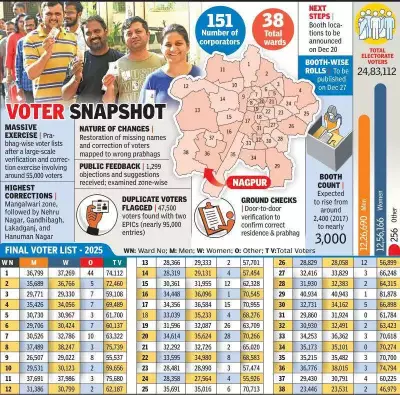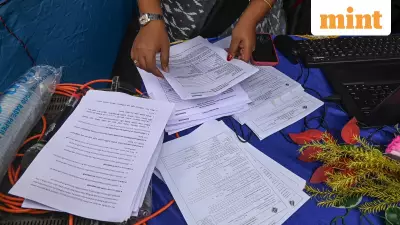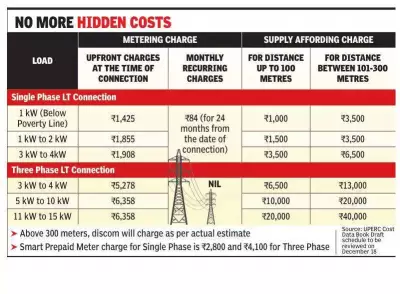
India's overnight sleeper buses, once hailed as a convenient mode of long-distance travel, are increasingly becoming rolling death traps on the nation's highways. A deep investigation into recent tragedies reveals a disturbing pattern of negligence, regulatory gaps, and systemic failures that are costing hundreds of lives each year.
The Human Cost of Negligence
Recent months have witnessed horrific accidents that have left families shattered and communities mourning. From the devastating collision in Karnataka that claimed multiple lives to the tragic overturning incidents in Maharashtra and Tamil Nadu, the pattern is alarmingly consistent. These aren't mere accidents but preventable tragedies stemming from multiple overlooked factors.
Why Sleeper Buses Are Particularly Vulnerable
Unlike regular seating buses, sleeper coaches present unique safety challenges that make them more susceptible to catastrophic outcomes:
- Higher Center of Gravity: The stacked sleeping arrangement makes these buses inherently unstable and prone to overturning
- Passenger Vulnerability: Sleeping passengers cannot brace for impact or react quickly during emergencies
- Limited Escape Routes: Complex interior layouts hinder rapid evacuation during crises
- Extended Journey Times: Longer routes increase the risk of driver fatigue and mechanical failures
The Deadly Trio: Root Causes Exposed
1. Driver Exhaustion - The Silent Killer
Perhaps the most critical factor, driver fatigue affects a staggering percentage of sleeper bus operators. With tight schedules and economic pressures, many drivers are forced to work extended hours without adequate rest. The result? Impaired reaction times, poor judgment, and ultimately, catastrophic collisions.
2. Mechanical Nightmares
Poor maintenance practices are turning these vehicles into ticking time bombs. Investigations reveal:
- Worn-out tires being used beyond their safety limits
- Faulty braking systems that fail during emergency situations
- Inadequate regular inspections and compliance checks
- Substandard spare parts compromising vehicle integrity
3. Regulatory Black Holes
The regulatory framework governing sleeper buses is riddled with gaps and enforcement failures. From inadequate safety standards specific to sleeper coaches to corruption in fitness certification processes, the system designed to protect passengers is fundamentally broken.
The Way Forward: Urgent Reforms Needed
Experts emphasize that immediate action is required across multiple fronts to prevent further loss of life:
- Strict Enforcement of Driving Hours: Implementation of digital monitoring systems to track driver rest periods
- Enhanced Safety Standards: Development of specific safety protocols for sleeper bus design and operation
- Regular Safety Audits: Mandatory third-party inspections of vehicle conditions
- Passenger Awareness: Educating travelers about their rights and safety measures
- Technology Integration: Implementation of advanced safety systems including collision avoidance and lane departure warnings
The time for complacency has passed. As India continues to rely on sleeper buses for affordable long-distance travel, the urgent need for comprehensive safety reforms cannot be overstated. Every journey should not be a gamble with lives, and every passenger deserves the fundamental right to reach their destination safely.





